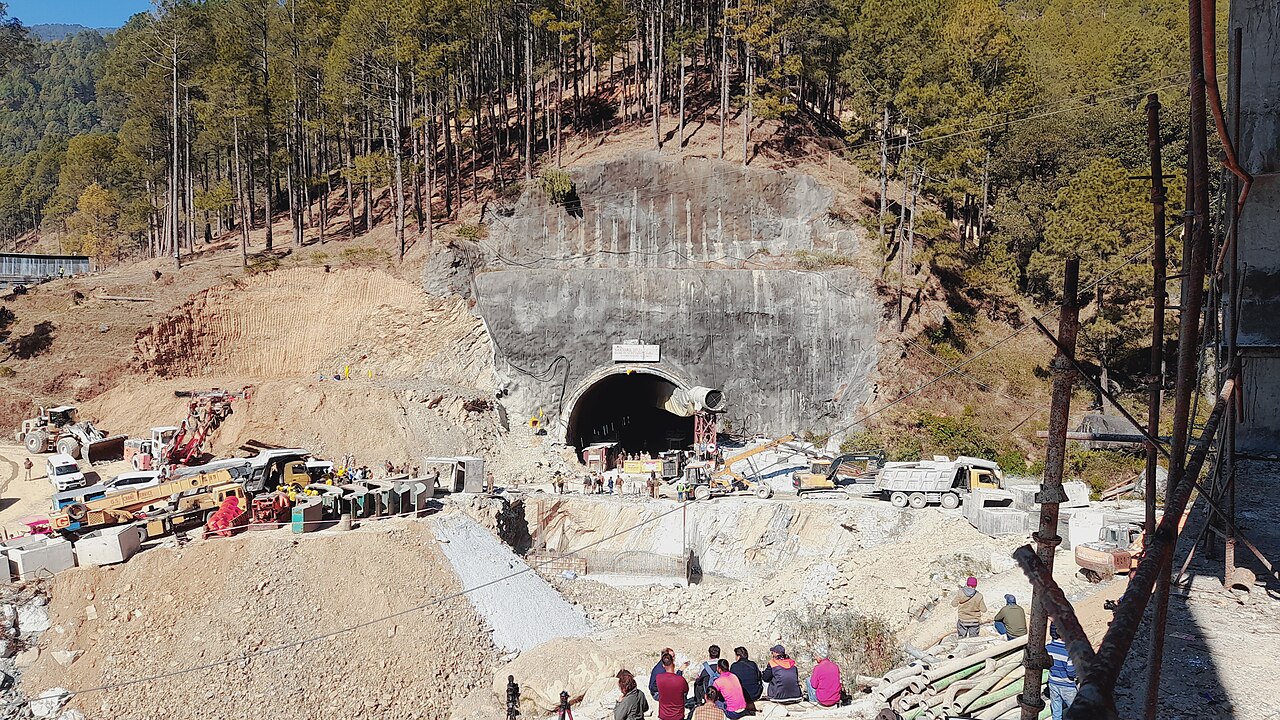Uttarakhand Tunnel Collapse: In a remarkable feat, 41 workers who were trapped for 17 days in a collapsed Himalayan tunnel in Uttarakhand, India, have been successfully rescued. Miners, employing hand drills, managed to break through the final section of the 4.5km (3-mile) tunnel, overcoming numerous challenges in the marathon rescue operation.
Using wheeled stretchers through a narrow 90cm (3ft) wide pipe, the men were safely transported out and subsequently taken to a hospital for check-ups, with no reported injuries. The rescue, praised by India’s president Droupadi Murmu, involved the efforts of “rat-hole” miners, skilled in navigating narrow tunnels and equipped with handheld tools.
The Silkyara tunnel, a crucial part of the $1.5bn (£1.19bn) Char Dham project connecting key Hindu pilgrim sites, had collapsed on 12 November. The rescue faced setbacks, including the breakdown of the main drilling machine and the need to cut through metal rods in the rubble. Eventually, the “rat-hole” miners manually cleared the passage to reach the trapped workers.
The workers, mainly in their 20s, were greeted with cheers and flower garlands upon emerging from the tunnel. The successful rescue was deemed a combination of scientific efforts and divine intervention by the Uttarakhand government.
Concerns about the impact of rapid construction, including the Char Dham project, on land stability were raised by environmentalists and residents. The Uttarakhand region, crucial for sustaining over 600 million Indians with water and food, has faced challenges due to increased tunnel work in recent years. Critics argue that the mountains in the area are not suitable for massive infrastructure development, and they attribute the tunnel collapse to these activities.

